Introduction
The Early Vedic Period, also known as the Rigvedic Period, spanned approximately from 1500 to 1200 BCE and represents the initial phase of the Vedic Age in the Indian subcontinent. This era is primarily characterized by the composition of the Rigveda, the oldest of the four Vedas and a foundational text of Hinduism. The hymns within the Rigveda offer invaluable insights into the religious beliefs, social organization, early political structures, and daily life of the Indo-Aryan peoples who migrated into the subcontinent during this time. The geographical focus of the Rigvedic Period was primarily the northwestern regions of the Indian subcontinent, particularly the Punjab (Sapta Sindhu) region, the land of the seven rivers. This period laid the groundwork for many of the cultural and religious traditions that would continue to evolve in subsequent centuries.
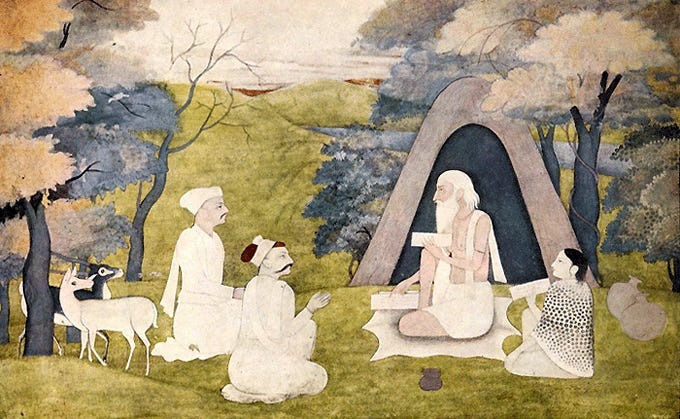
Background
Following the decline of the Indus Valley Civilization, the Indian subcontinent witnessed a period of cultural and societal transformation. Around 1500 BCE, groups of Indo-Aryan language speakers, part of a larger Indo-European migration, began to enter the subcontinent through the northwest. The interaction between these migrating groups and the existing populations shaped the cultural landscape of the time. The Rigveda stands as the primary literary and historical source for understanding this early Vedic society. It provides a collection of hymns, prayers, and ritual formulas that were orally transmitted for generations before being written down much later. The language of the Rigveda, an archaic form of Sanskrit, is crucial for linguistic and historical studies of the Indo-Aryan migrations.
Society and Polity
The society of the Early Vedic Period was predominantly pastoral. Cattle were considered the most valuable form of wealth and played a central role in their economy and social life. Agriculture was also practiced, with barley (yava) being the main cultivated crop. The political structure was tribal, organized into kinship-based groups known as Janas. Each Jana was led by a chief called a Rajan, whose position was often elective, and whose authority was influenced by tribal assemblies known as Sabha and Samiti. These assemblies played a role in decision-making and likely acted as a check on the power of the Rajan. Warfare between different Janas was a recurring feature of this period, often motivated by the desire for cattle, pastures, and resources. The Dasarajna, or Battle of the Ten Kings, mentioned in the Rigveda, is a significant event highlighting these inter-tribal conflicts.
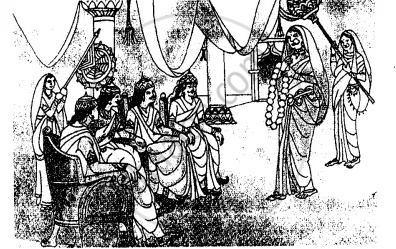
Religion and Beliefs
The religious beliefs of the Rigvedic people centered around the worship of a pantheon of deities representing the forces of nature. Prominent among these were Indra, the powerful god of thunder, lightning, and war, who is invoked most frequently in the Rigveda. Agni, the god of fire, served as a mediator between humans and the divine, carrying offerings to the other gods. Varuna was the guardian of cosmic order (rita) and justice. Surya, the sun god, and Ushas, the goddess of dawn, were also important deities. Rituals and sacrifices, involving the offering of ghee (clarified butter), grains, and Soma (a sacred plant-based drink) into the fire, were central to their religious practices. These rituals were performed to appease the gods, seek their blessings, and maintain cosmic order. The Rigveda also contains early philosophical speculations about the creation of the universe and the nature of the divine, laying the seeds for later philosophical developments.
Economy and Lifestyle
The economy of the Early Vedic Period was primarily based on pastoralism, with cattle rearing being the most important occupation. The Rigveda frequently mentions prayers for the increase of cattle. Agriculture, though practiced, was secondary to pastoralism. Craftsmanship, including carpentry, chariot making, and metalworking (primarily copper and bronze), also existed. Trade was likely present but less prominent than in the Indus Valley Civilization. The lifestyle of the Rigvedic people was relatively simple. Their settlements were likely semi-nomadic or consisted of simple dwellings. The family formed the basic social unit, and kinship ties were strong. The Rigveda provides glimpses of their clothing, food habits, and social customs, reflecting a society closely connected to nature and its rhythms.
The Rigveda
The Rigveda is organized into ten books or Mandalas. The hymns within each Mandala are generally attributed to specific families of Rishis (seers or sages). These hymns are diverse in content, ranging from invocations and prayers to descriptions of the gods, narratives of mythical events, and philosophical reflections. The Rigveda is not only a religious text but also a valuable historical and sociological document, offering insights into the worldview, values, and social structures of the early Vedic people. The oral tradition played a crucial role in the preservation and transmission of the Rigveda for centuries before it was eventually written down.
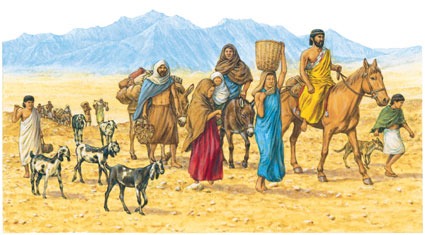
Transition to the Later Vedic Period
While the Rigveda primarily reflects the characteristics of the early period, some hymns and later additions within it hint at the societal and religious changes that would become more pronounced in the Later Vedic Period. The mention of the Varna system in the Purusha Sukta (a later hymn in the Rigveda) suggests the beginnings of social stratification that would solidify in the subsequent era. The eastward movement and the growing importance of agriculture are also subtly indicated in some later Rigvedic passages, foreshadowing the shift in geographical focus and economic practices of the Later Vedic Period.
Impact and Significance
The Early Vedic Period holds fundamental significance in Indian history and culture. The Rigveda, as its primary literary creation, is considered one of the oldest religious texts in the world and remains a cornerstone of Hindu tradition. The religious beliefs, deities, and rituals described in the Rigveda formed the basis for the later development of Hinduism. The social and political structures, though rudimentary compared to later periods, laid the foundation for the evolution of Indian society and governance. The Sanskrit language, as evidenced in its Rigvedic form, became the classical language of India and a vehicle for a vast body of knowledge and literature.
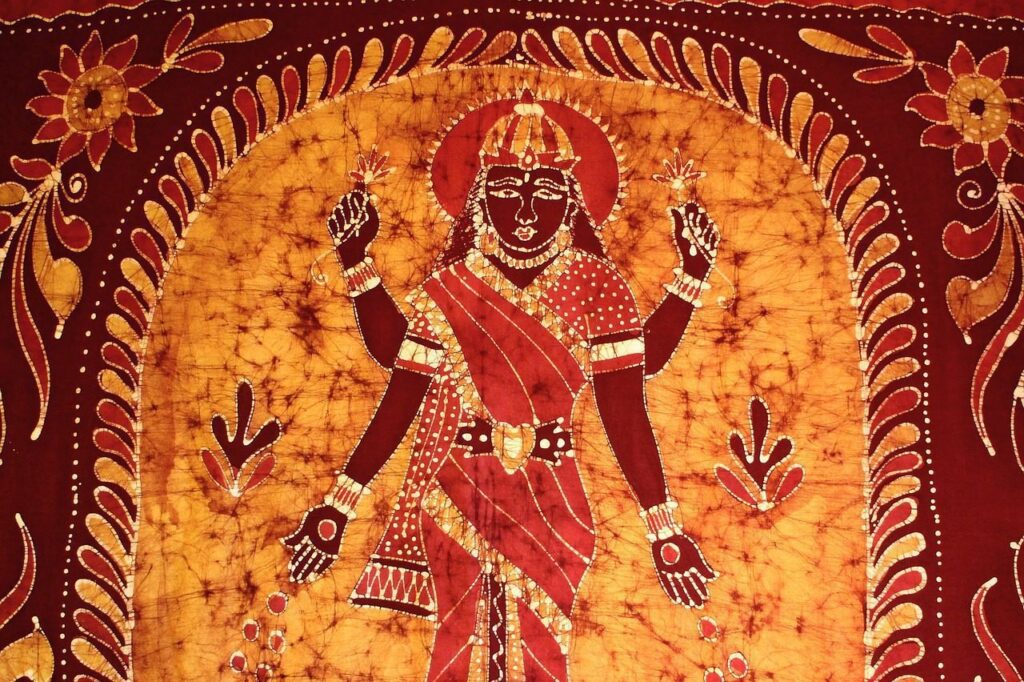
Legacy
The legacy of the Early Vedic Period is deeply embedded in the cultural fabric of India. The Rigveda continues to be revered and studied for its religious, philosophical, and historical value. The core concepts of dharma, karma, and moksha, which would later become central to Hinduism, have their early roots in the philosophical inquiries found within the Rigveda. The period is remembered as a foundational era in the development of Indian civilization, shaping its religious, social, and linguistic landscape in profound and lasting ways.

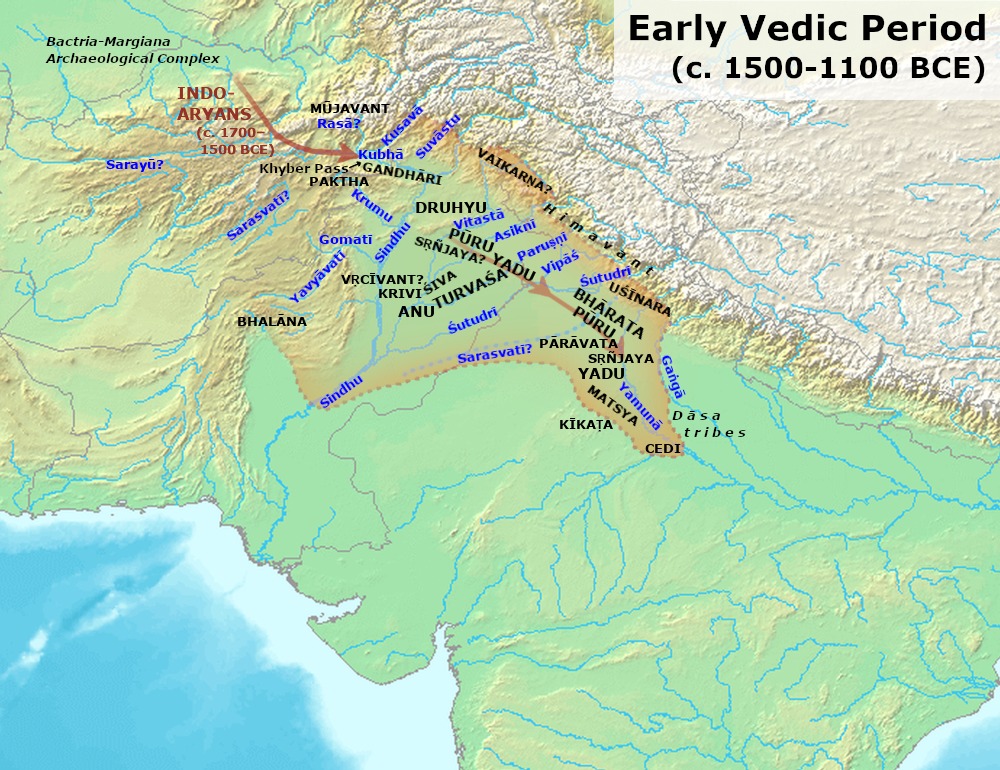
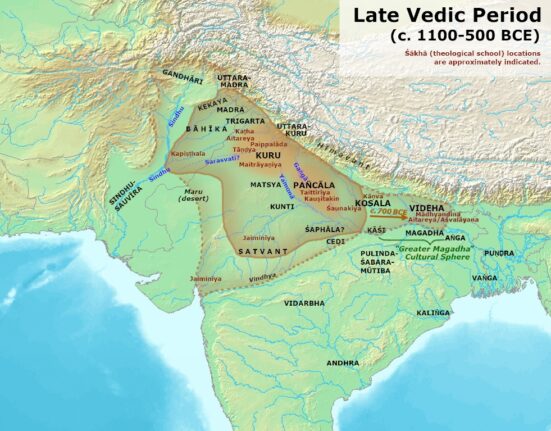
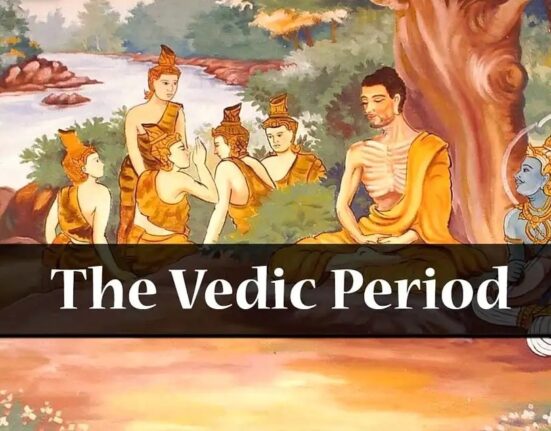
Leave feedback about this